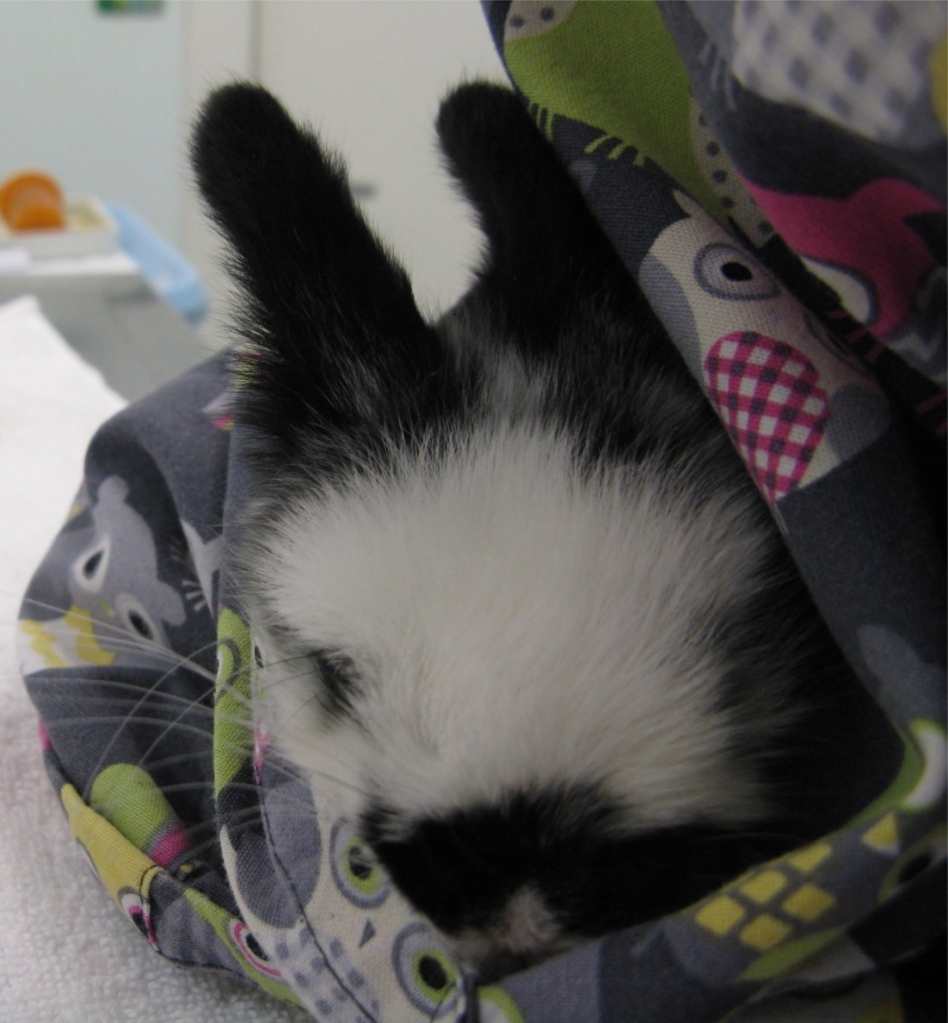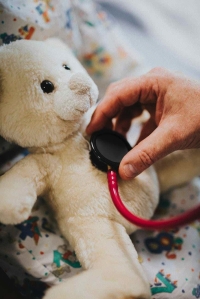What virus?

Rabbit hemorrhagic Disease virus type 2 (RHDV2) is a calicivirus that is new to California. It was detected in wild rabbits in Southern CA in early May, having spread to CA from other southwestern states experiencing an outbreak.
It is highly contagious and has been present on other continents for many years. There are 2 strains – RHDV1 and RDHV2. RDHV2 has replaced the original strain in many countries. There have been outbreaks in the US in several states (OH, PA, NY) and the Pacific Northwest (WA and BC Canada) since 2018.
What is it? What does it do?
It is, unfortunately, a deadly virus that often strikes too swiftly for us to even test for it.
Symptoms may include:
- Loss of appetite
- Lethargy
- High fever
- Seizures
- Jaundice
- Bleeding from nose, mouth, or rectum
- Difficulty breathing
- Sudden death
Any sudden rabbit death is suspicious and should be reported to your veterinarian as a possible case of RHDV.
How Worried Should I Be?
Currently the virus is in Southern California but as we have seen it spread rapidly in the US or across Australia when it was found there, we can expect the virus to arrive up north soon.
If you or your dog finds a dead rabbit in the wild – do not touch it! Contact the CA Department of Fish and Wildlife to report it (https://wildlife.ca.gov/Conservation/Laboratories/Wildlife-Investigations/Monitoring/Mortality-Report).
How Can I Protect My Pet Rabbit?

Indoor-only rabbits can acquire this disease and should be vaccinated. Local veterinarians are working with their states to import an effective vaccine currently available in Europe. We currently recommend vaccinating all pet rabbits annually. As of September 2020 we have the vaccine on order. Please contact us to get your name on a list and once we get the vaccine in hospital we will let you know (reception@birdandexoticsvet.com).
Wait…What About Me? My Dogs or Cats?
No worries! This virus does not affect humans, livestock or pets other than rabbits.
So…How Can My Indoor-only Rabbit Living in an Urban Center Get Sick?
This virus is highly contagious and can be transmitted in a variety of ways
- Direct contact with an infected rabbit or the urine/feces of an infected rabbit
- Fomites – inanimate objects that have virus on them (clothing, shoes, car/truck tires…)
- Insects (flies, fleas, mosquitoes), birds, rodents, predators and other pets (cats/dogs) acting as indirect hosts or fomites
- Humans acting as a fomite after contact with infected rabbits or anything contaminated by the virus
- Ingesting virus-contaminated food or water
For more information take a look at the following resources:











